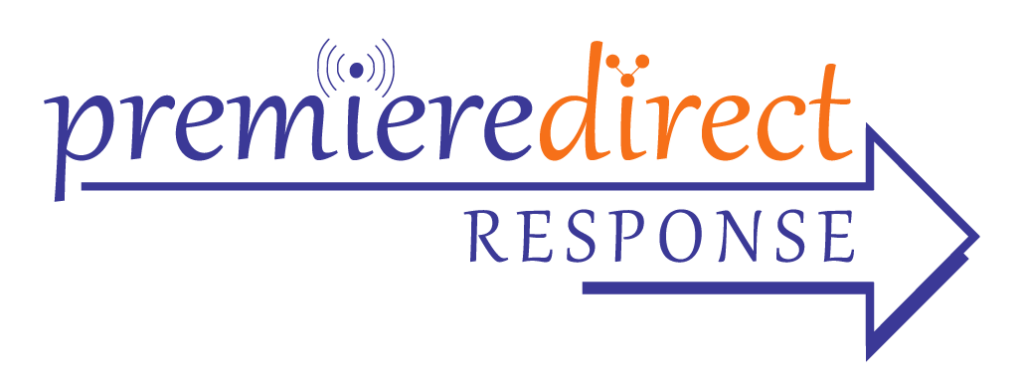Once again challenging the long-held assumption that advertising on television is clearly more effective than on radio because of its combination of “sight, sound and motion,” results of a study from emotional impact researcher Mediaprobe tell a different story, showing greater effectiveness from radio ads.
“For advertisers, this means the AM/FM radio context for their ads has greater engagement than the TV context,” Cumulus Media/Westwood One Audio Active Group Chief Insights Officer Pierre Bouvard says in Westwood One’s weekly blog’s analysis of the study. “Mediaprobe audio benchmarks reveal the sound contrast between AM/FM radio programming and the ads drives higher attention and brand recall. For example, ads with music and jingles perform very well in spoken word programming due to the contrast.”
Mediaprobe’s study, conducted among more than 200 adults age 18+ during June and July of 2023, was its first to measure participants’ at-home emotional response to ads in pre-recorded AM/FM radio segments via second-by-second electrodermal activity. Using a palm-in-hand sensor that picks up changes in the electrical conductance of skin, Mediaprobe synched the results to the moments from audio ads, comparing those to TV ad norms from earlier studies.
Respondents listened to three of four possible half-hour AM/FM broadcasts, each including three ad breaks with 36 national spots, across four genres: all news, adult contemporary/pop, urban, and rock/classic hits.
The results showed that the emotional impact score of the AM/FM radio advertising commercial pods was 12% higher than TV’s, while the individual AM/FM ads scored 5% higher than the TV ads. Mediaprobe’s measurements also showed AM/FM radio programming outperforming TV norms by 13%. “These findings validate the recently-released Dentsu/Lumen Attentiveness Study, which revealed audio ads outperformed video ads for attention and brand effect,” Bouvard says.
Of the four AM/FM genres tested, all news emerged as the most impactful, 8% higher than all AM/FM programming and 14% higher than TV news. “News is consistently measured as a very high quality contextual environment for ads,” Bouvard notes.
Mediaprobe’s analysis also identified those creative elements in ads which drove the strongest emotional impact, which include using a female voiceover, jingles, and background music, and five mentions of the brand. The blog shows how Nielsen’s data backs up the latter finding. “Nielsen reports significant lift in familiarity, affinity, and likelihood to seek information based on the number of brand mentions in audio ads,” Bouvard says. “Nielsen[‘s] brand effect studies [recommend having] the advertised brand appear within the first few seconds and say the brand at least five times in the thirty second ad.”
Using this testing method to show AM/FM radio’s edge over TV “gets to the heart of what consumers really feel about media and ads,” Bouvard says. “People might come up with reasons why they buy certain products or what they think of an ad. But often, they are just trying to rationalize their unconscious reactions. That’s why neuro studies are so interesting, as they measure the unconscious responses of consumers.”
